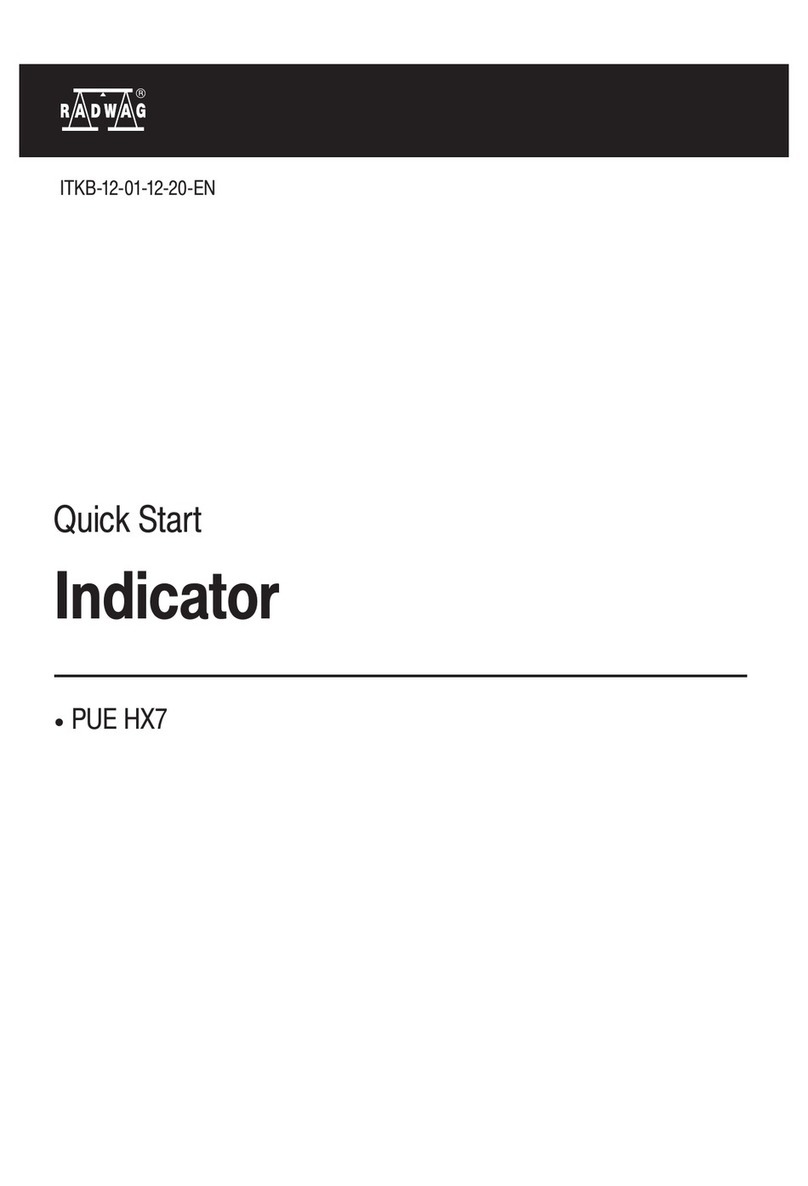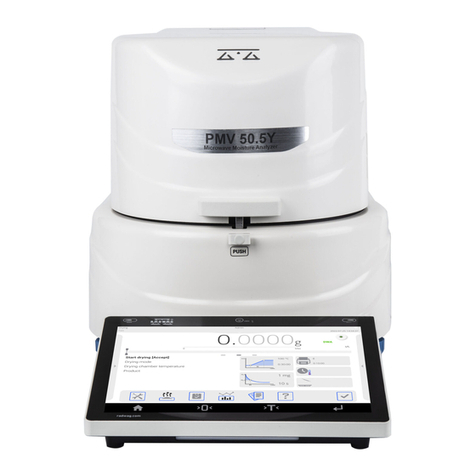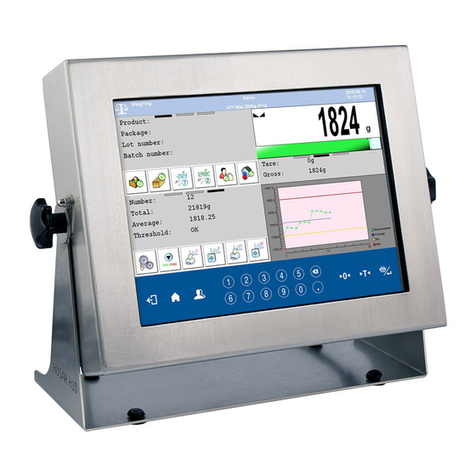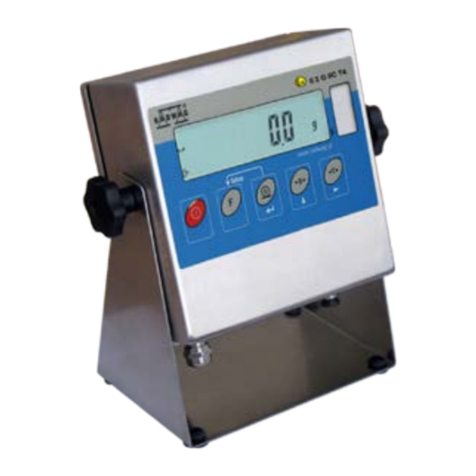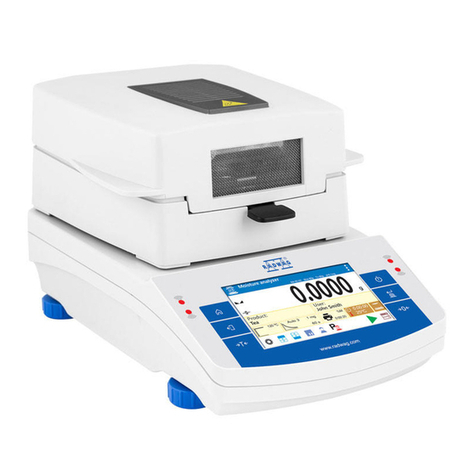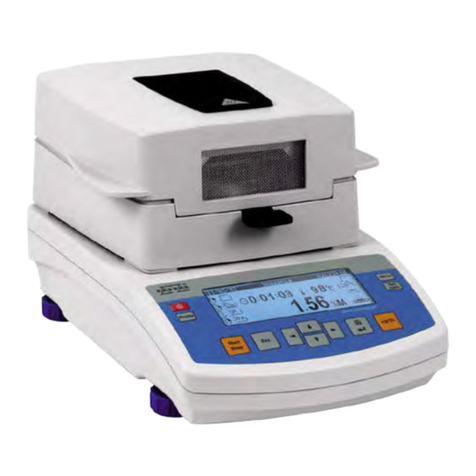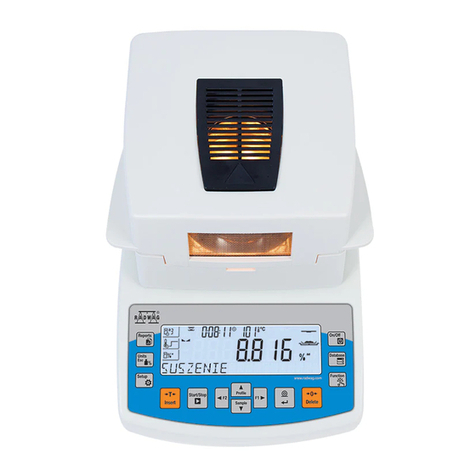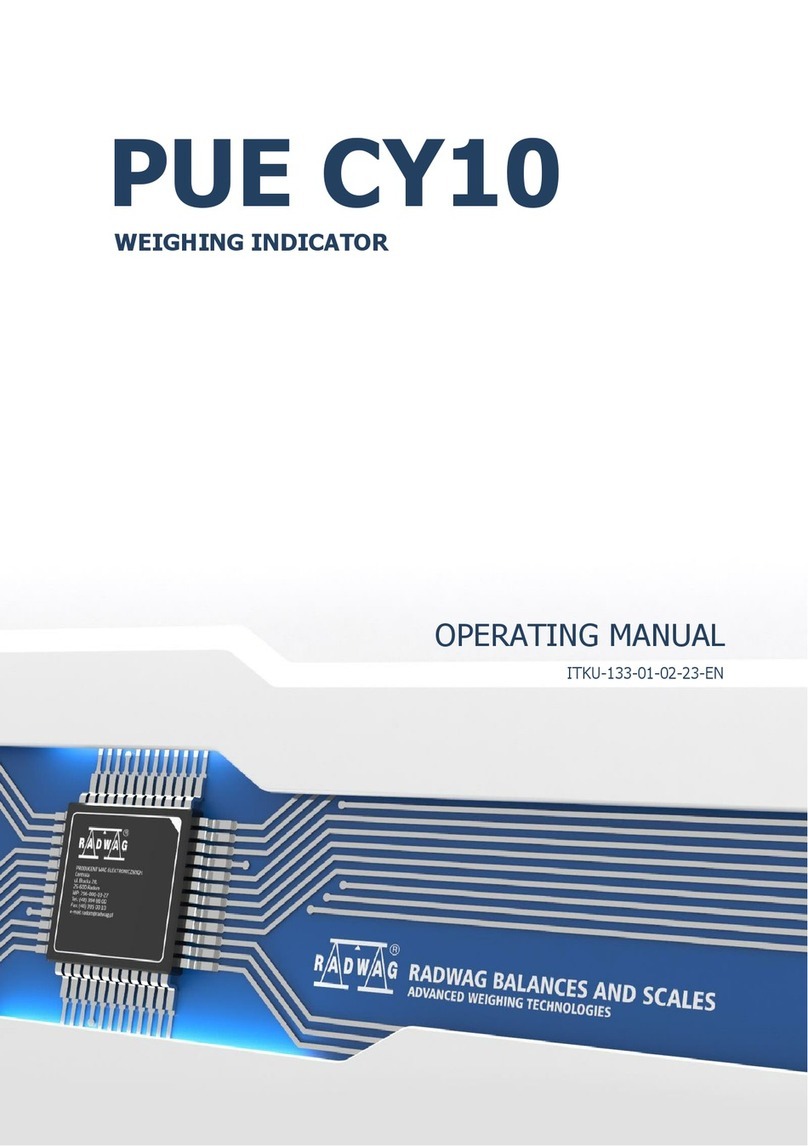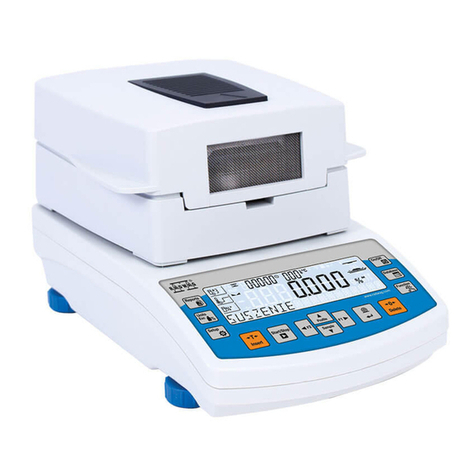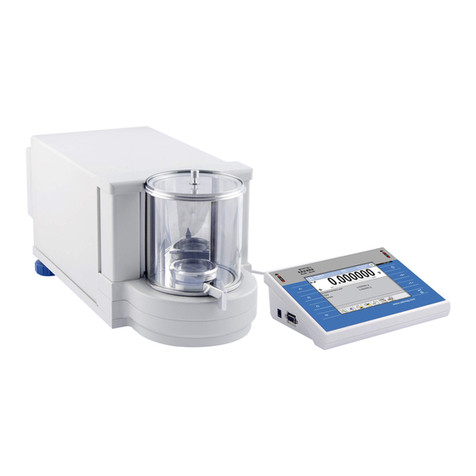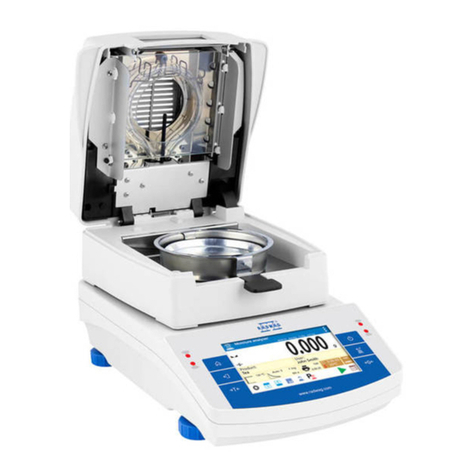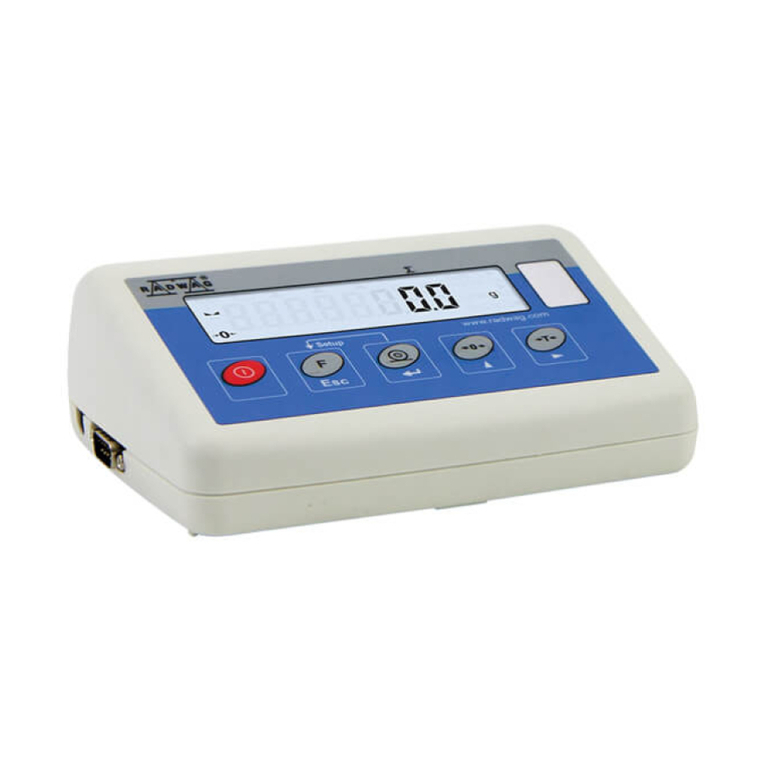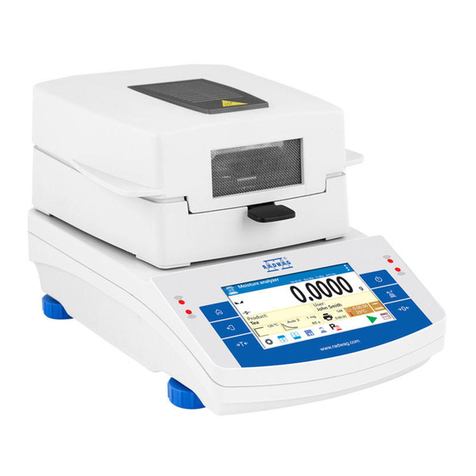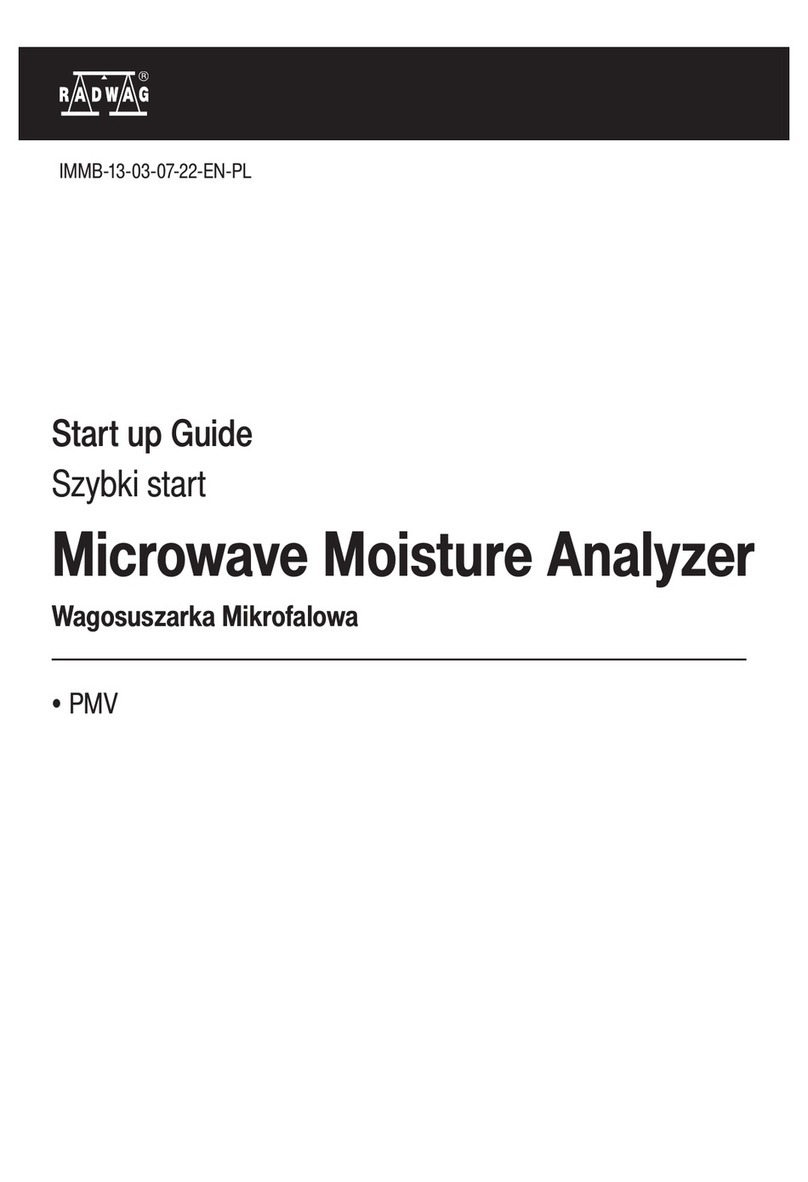18.3. Printouts in drying mode ...................................................................... 83
18.4. Report from completed drying process ................................................... 86
18.5. Means of carrying out drying process ..................................................... 87
18.6. Chart of drying process ........................................................................ 92
19. DATABASES..................................................................................... 94
19.1. Processes carried out on databases ....................................................... 95
19.2. Products ............................................................................................ 96
19.3. Weighing records ................................................................................ 97
19.4. Clients ............................................................................................... 98
19.5. Drying program .................................................................................. 99
19.6. Reports from drying process (Drying reports) .......................................... 99
19.7. Statistics from drying process reports ................................................... 101
19.8. Minimal sample weight ........................................................................ 103
19.9. Ambient conditions ............................................................................. 104
19.10. Packages ...................................................................................... 105
19.11. Warehouses .................................................................................. 105
19.12. Printouts ....................................................................................... 106
19.13. Universal variables ......................................................................... 108
19.14. Database operation ........................................................................ 108
19.14.1. Export database of weighing records to file........................................... 109
19.14.2. Delete database ............................................................................... 110
19.14.3. Delete weighments and reports .......................................................... 111
20. COMMUNICATION ......................................................................... 113
20.1. RS 232 port settings ........................................................................... 113
20.2. ETHERNET port settings ...................................................................... 113
20.3. WiFi settings ..................................................................................... 114
20.4. TCP protocol settings .......................................................................... 115
21. PERIPHERAL DEVICES .................................................................. 117
21.1. Computer ......................................................................................... 117
21.2. Printer .............................................................................................. 118
21.3. Barcode scanners ............................................................................... 119
21.3.1. Barcode Scanner’s Port ...................................................................... 120
21.3.2. Prefix/Suffix ........................................................................................ 120
21.3.2. Field Selection .................................................................................. 120
21.3.3 Test .................................................................................................... 122
21.4. Transponder card scanner ................................................................... 122
21.5. Additional display ............................................................................... 123
22.INPUTS / OUTPUTS....................................................................... 124
23. OTHER PARAMETERS..................................................................... 126
23.1. Interface language ............................................................................. 126
23.2. Data and time setting ......................................................................... 126
23.3. “Beep” sound .................................................................................... 127
23.4. Volume ............................................................................................. 127
23.5. Sleep mode ....................................................................................... 127
23.6. Display brightness .............................................................................. 127
23.7. Touch screen display calibration ........................................................... 128
23.8. Level control ..................................................................................... 128
23.9.Drying temperature reducing ............................................................... 129
